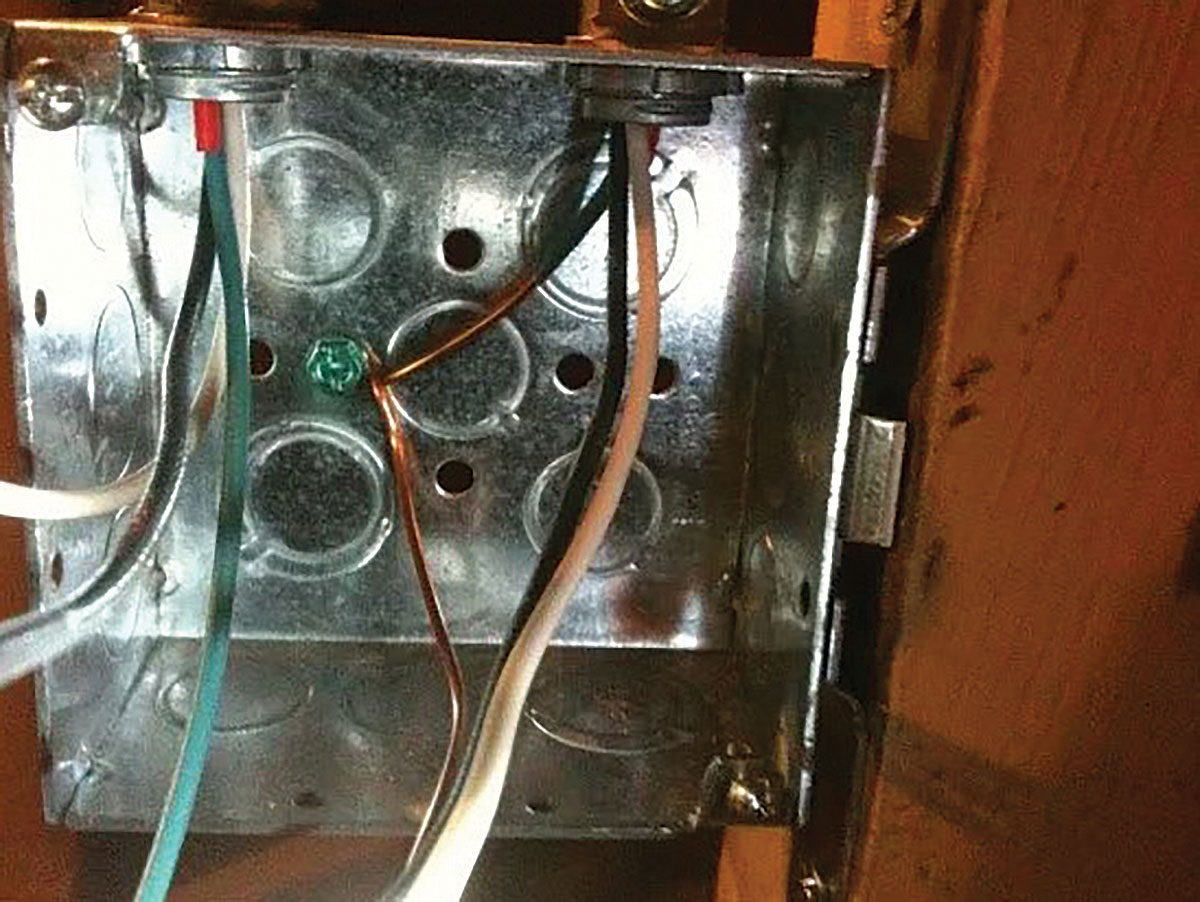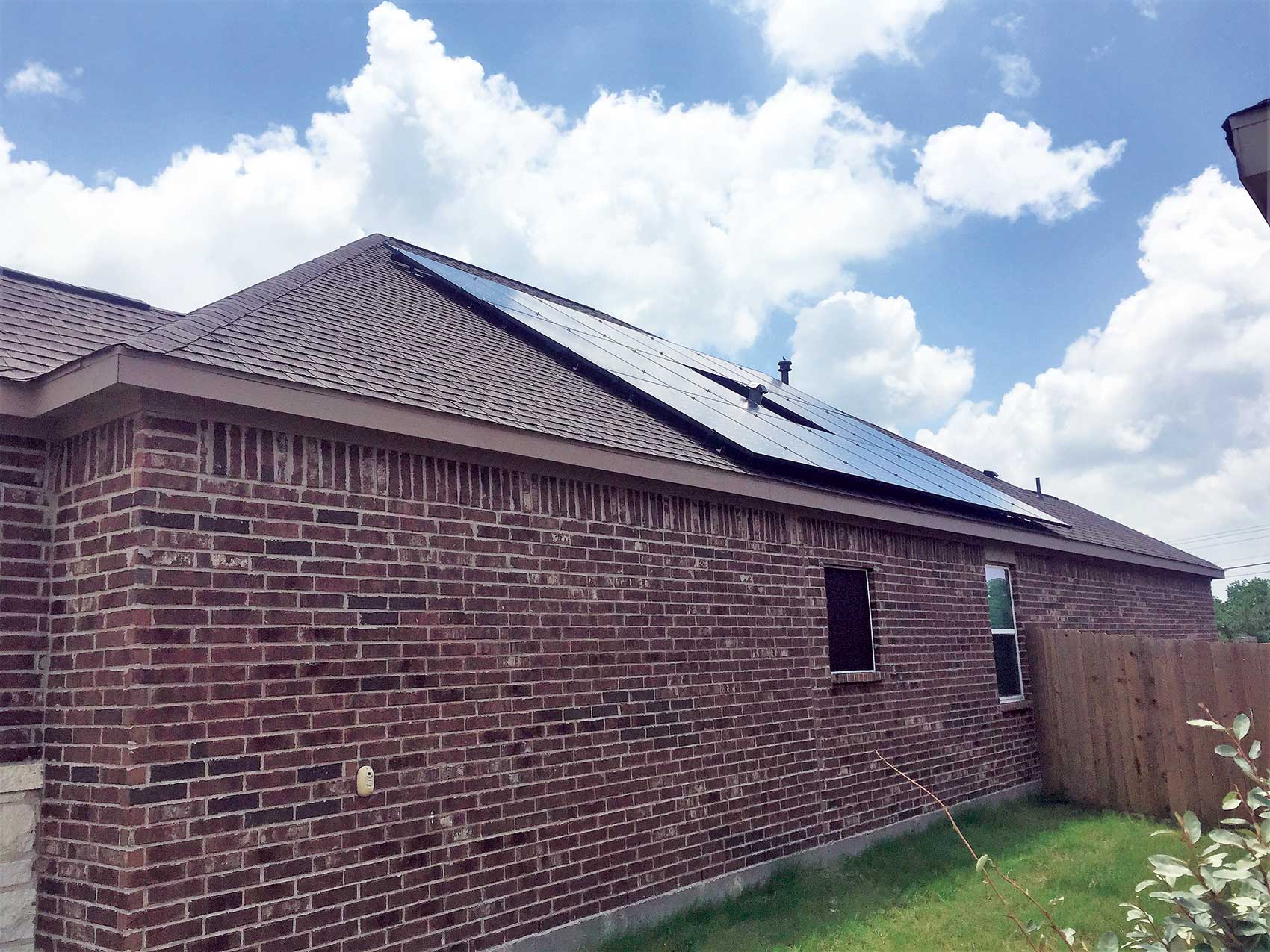Question
A parallel conductor branch circuit is run from a switchboard to a 3-phase rooftop air-conditioning unit using two metric designator 63 (2½ in. trade size) conduits with four 4/0 AWG copper conductors (3-phase, 1 EGC) in each conduit. One of the conduits also contains six 10 AWG Class 1, 120-volt control circuit conductors. Would the addition of the control circuit conductors in one conduit of this power circuit run in parallel be a violation of having the same number of conductors and the same electrical characteristics in each conduit? DB
Answer
The objective of 300.10(H) is to evenly divide the current across the conductors arranged in parallel. The requirements of 300.10(H) covering the conductors and the cable assemblies or raceways containing the parallel conductors have been developed based on the objective to evenly distribute the current through having parallel paths that have essentially the same impedance or in the case of dc circuits, resistance.
The provision of 310.10(H)(3) specifies that a raceway is to have the same number of conductors and the same electrical characteristics. The provision for the same number of conductors was developed based on a revision in the 2005 NEC submitted by a member of CMP-6 indicating that he had observed an installation of parallel conductors where multiple sets of the paralleled conductors had been installed in one raceway, while a single set had been installed in another raceway. The intent of the provision on the same number of conductors was based on having the same number of conductors in parallel in each raceway or cable.
The provision for raceways or cables to have the same electrical characteristics would be the primary consideration as to whether the control conductors in one of the parallel raceways results in a noncompliant installation. The same case could be made for branch-circuit conductors for a service receptacle or lighting outlet being run in the raceway with one of the parallel sets. Does installing these conductors in the raceway with one of the parallel sets now create different electrical characteristics and this becomes a physics exercise based on the thermal impact of the additional conductors? Can the AHJ turn this down simply because of the presence of the control conductors? I think so, because without calculation the AHJ now no longer knows whether the raceways have as close as possible to the same electrical characteristics. With that being said, the AHJ could turn to the provision in Section 725.51(B) that covers when it is necessary to apply ampacity adjustment (derating) factors to Class 1 circuit conductors that are installed in the same raceway with power conductors. Ampacity adjustment is required where the Class 1 circuits carry continuous current in excess of 10% of the control conductor ampacity and where the total number of power conductors and control circuit conductors exceeds three. Ampacity adjustment is not required where the continuous current does not exceed 10% of the control circuit conductor ampacity.













Find Us on Socials